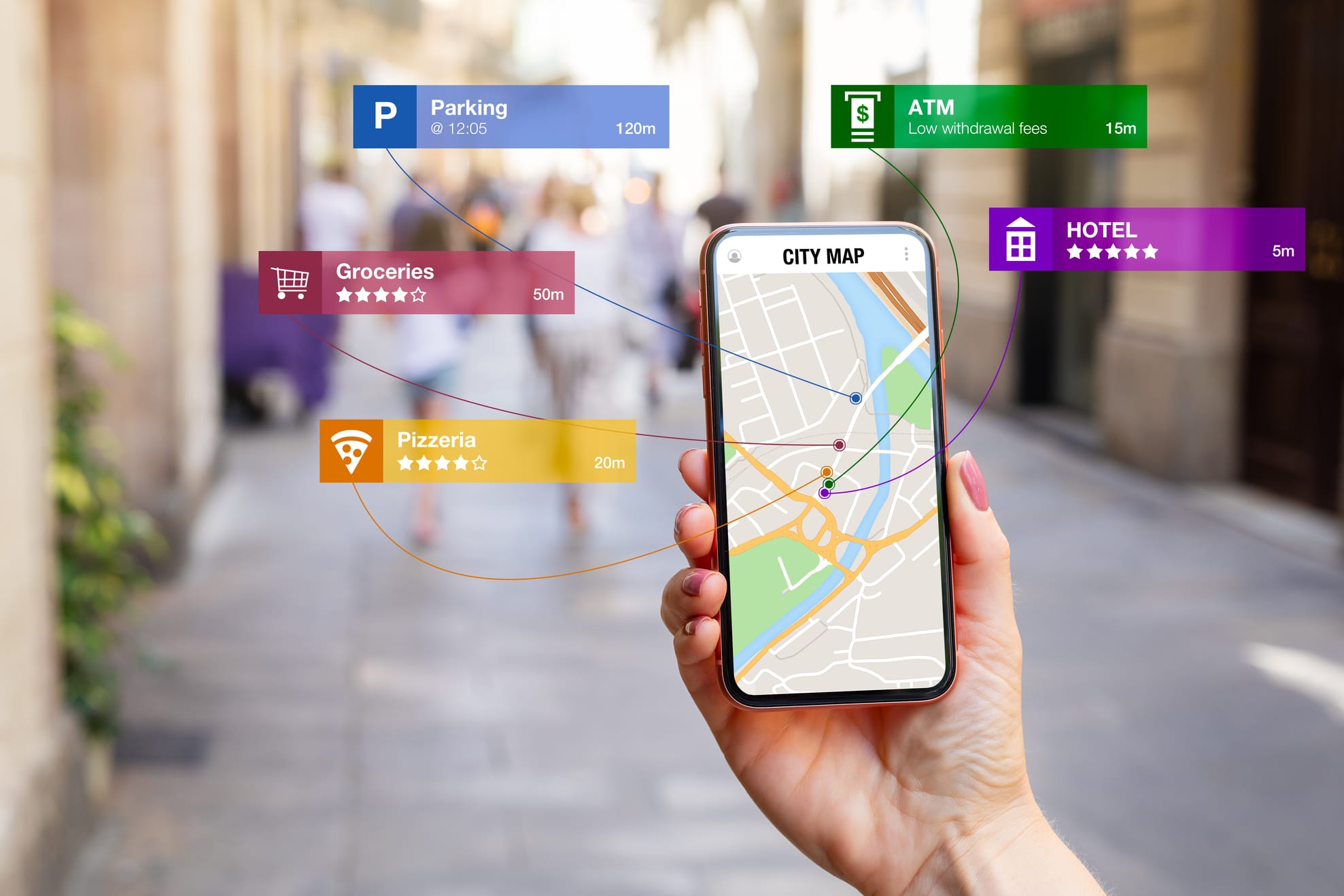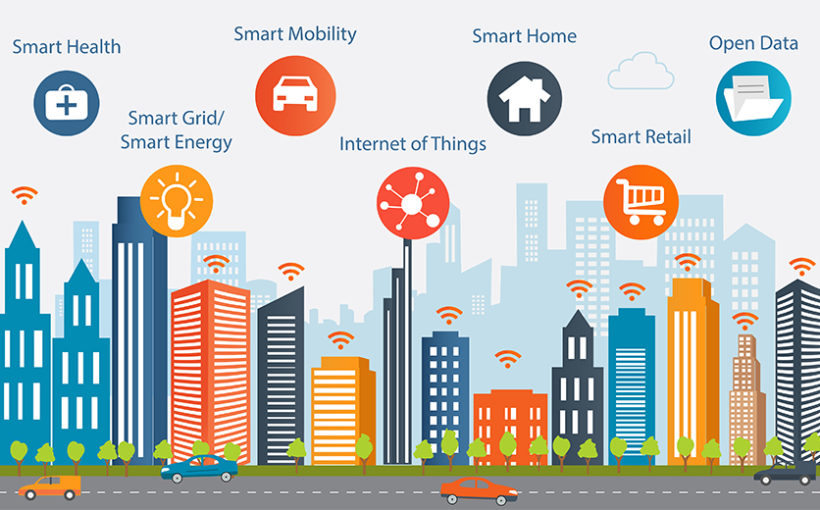In recent times, the Tourism sector has been hit the hardest of any other industry worldwide with the advancements of the COVID-19 pandemic. Smart Tourist destinations will now be the focal point for city regeneration and softening the blow of seasonal tourist destinations. Smart Tourism facilitates this by creating an environment where a holiday-maker can prosper and has been shown to trigger positive user experiences in visitors. 1.8 billion people are expected to be traveling the world by 2030, according to UN News, highlighting the importance of placemaking and putting your city on the map for potential visitors.


- Accessibility – This relates closely to how accessible a particular city is, whether digitally or physically. This is why smart tourism destinations can create somewhat of equity among those who live there. Tourist Information Centers will be a primary focus of this concept. Is the tourist information center clearly identified and/or accessible? Does it use a feedback system and promote visitor engagement in service provision?
- Accommodation – Has the perfect tourist environment been created to facilitate a greater capacity for activities? According to Visit Britain, most of these activities will be booked before entering the country, highlighting the need for effective infrastructure to facilitate holiday-makers.
- Amenities – This is the “cherry on top” – it encompasses all the additional services provided by a tourist destination.
- Attractions – Phocuswright has claimed that one-third of people value travel as a pastime and that it would be their prerogative regarding disposable income spending. Travelers will only visit locations with a distinct character and worth exploring.
- Activities – Most importantly, your visitors will need something to do. If you lack the natural resources to provide a range of activities, you should look towards the artificial. But, before you do anything, ensure you get feedback from your visitors!
By interpreting the above 5 A’s of tourism into the context of smart tourism, we can see the potential for citizen and participatory technology to further enhance the overall tourist experience in a region.
How can smart tourism help you?

Smart tourism can be said to hold benefits in three mean areas:
- economic,
- environmental and
- sociocultural.
The economic benefits of smart tourism come as a result of an injection of revenue into the infrastructure of a destination. This injection helps increase the competitiveness of that region through the use of digital technologies. The environmental aspect ties in closely with sustainability in that smart tourist destinations usually involve systems that allow for self-sufficiency (e.g., green areas, improved water and air quality, and sustainable mobility). Finally, the sociocultural aspect refers to the hedonic value created indirectly through smart tourism initiatives. People want to engage and co-create the area in which they live; giving them the option to do so will, in turn, increase their quality of life and reduce the risk of wasted resources.
Analyzing Smart Tourism
You’re probably thinking, “How can you judge a city’s intelligence?” The assessment criteria are broken into four main areas on which the smart tourism solution is judged.
Accessibility

- This aspect refers to how inclusive the measures being implemented are for the overall population of a town or city (including people with special needs and their social and economic standing).
- Accessibility also refers to physical accessibility and relates to mobility (public transport) and the network’s strength and width.
- The services provided to tourists must be accessible and information on these services readily interpretable in all languages.
- Are these services available to everyone?
- On a more technical side, how accessible are the web aspects of your city, tour booking sites, hotels, restaurants, public amenities, or exhibitions? Are they readily available on a platform with a good user interface?
- Are these smart tourism apps intuitive in some way?
Sustainability

- This is probably the most important factor when assessing the city overall. Is the implemented strategy durable over time, and have the implementations been decided on with a long-term vision?
- How smart and feasible are these measures?
- The city should be working to preserve and enhance the natural environment and resources while balancing economic and sociocultural development. How are you managing natural resources (including innovative environmentally-friendly measures) as a tourism destination? Is the city implementing resource efficiency measures and actions to combat or adapt to climate change?
- This concept extends even further – are you putting measures in place to reduce tourism seasonality?
- Are you working on involving the local community and promoting community engagement? Are the revenues earned re-invested in local communities? Are you undergoing a human-centric approach to understand what areas consumers want to see this money invested? Are local tourism revenues channeled into local development, communities, and businesses?
- How does your city support businesses and local communities to develop sustainable solutions or collaborations for the tourism industry?
Digitalization

- Have the correct measures been implemented to positively impact local businesses and local communities, with tangible and, where possible, measurable impacts of the implementations?
- Being a digital tourism city means offering innovative tourism and hospitality information, products, services, spaces, and experiences adapted to the needs of the consumers through ICT-based solutions and digital tools.
- The city must be shown to be providing digital information about the destination, its attractions, and tourism offers.
- Is your information on public transport, attractions, and accommodation digitally accessible? An environment should be created where businesses have a digital-friendly support network to develop.
- Are you supporting tourism businesses in their development and using digital skills and tools?
- Do you use digital solutions for enhancing innovative tourism offers?
Creative and Cultural Heritage

- Is your city making resourceful use of its cultural heritage and creative industries to enrich the tourism experience and quality of life?
- What actions are you implementing to boost the recognition of your city as a smart tourism destination and to incorporate the tangible and intangible heritage of your art, history, and culture in its center and surroundings in your enhanced tourism offer?
- How do you use cultural heritage and creativity to attract tourists and exploit synergies between tourism and cultural and creative industries?
If you think your city could be in with a chance, apply here.
Your Next Smart Tourism Destination

Let’s look at some examples of great smart tourism destinations:
Malaysia – Smart Tourism Malaysia – “Advances in digital technology are impacting how people travel, demanding tourism-related businesses to transform the way they operate,” said Dato’ Seri Mohamed Nazri Abdul Aziz, Minister for Tourism who has headed the Smart Tourism 4.0 Initiative in Malaysia, which has received outstanding praise from a global audience. The project’s main aim was to overcome urban challenges at a local level, as shown on the smart city Malaysia website. The 92 indicators used in the project’s formation have performed above and beyond their initial intentions and have been regarded as a resounding success.
Gothenburg – Gothenburg is a small town in Sweden that has been recognized for the last four years as the European Capital of Smart Tourism. The town of 533,00 has received continuous investment in smart city technology over the last several years, allowing it to grow from smart to smarter. These investments were mainly centered around sustainability and improving the lives of the town’s citizens and visitors. Gothenburg is currently developing a strategy to become the first region in the world with fully zero-emission transport solutions; learn more at Smart City Sweden.
Malaga – The €31 million SmartCity Malaga project looked to implement a renewable energy solution for the people in the Spanish municipality, made up of half a million citizens. This solution took the form of LED lighting to save energy, installing more than 35 km of cycle paths, and an app that allows visually impaired people to get tickets, interpret information, and request assistance. The overall goal of this project was to strengthen Spain’s position as a global tourist destination which they have done to great.




